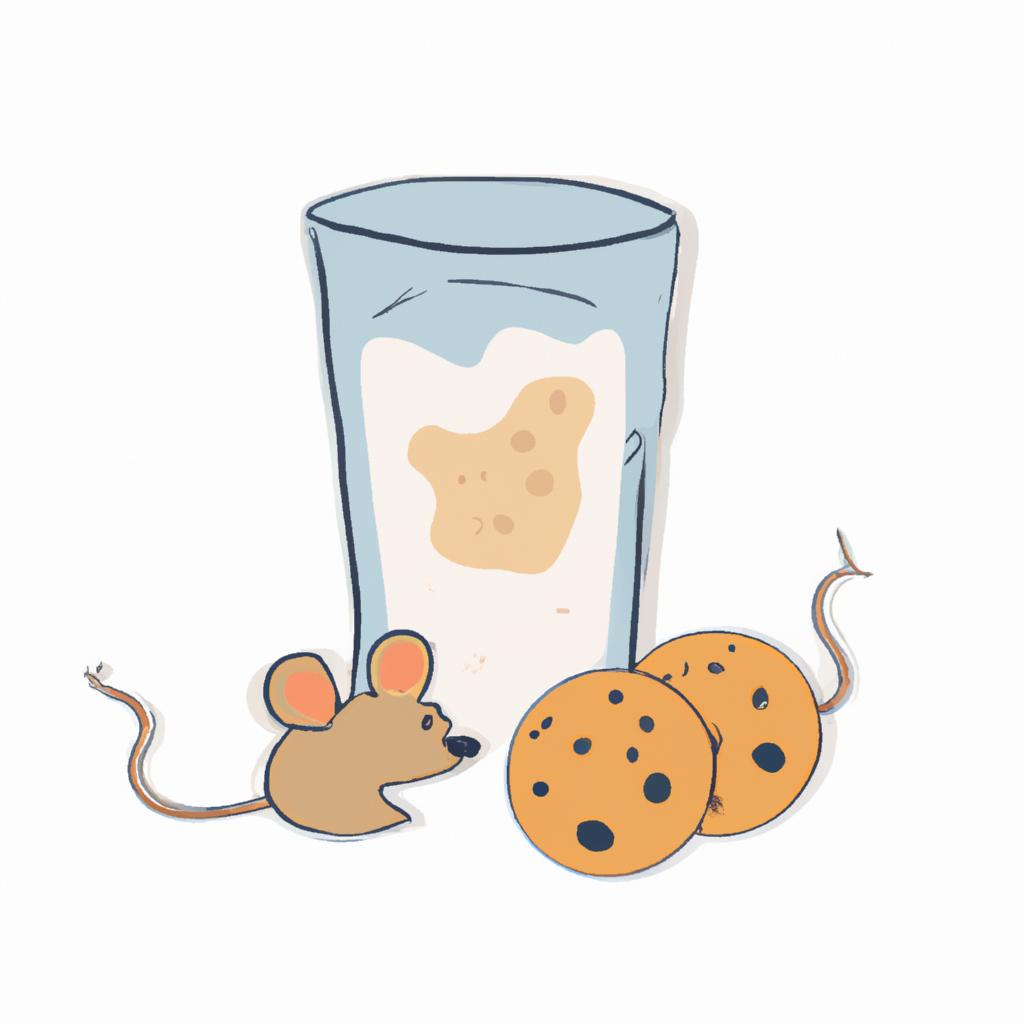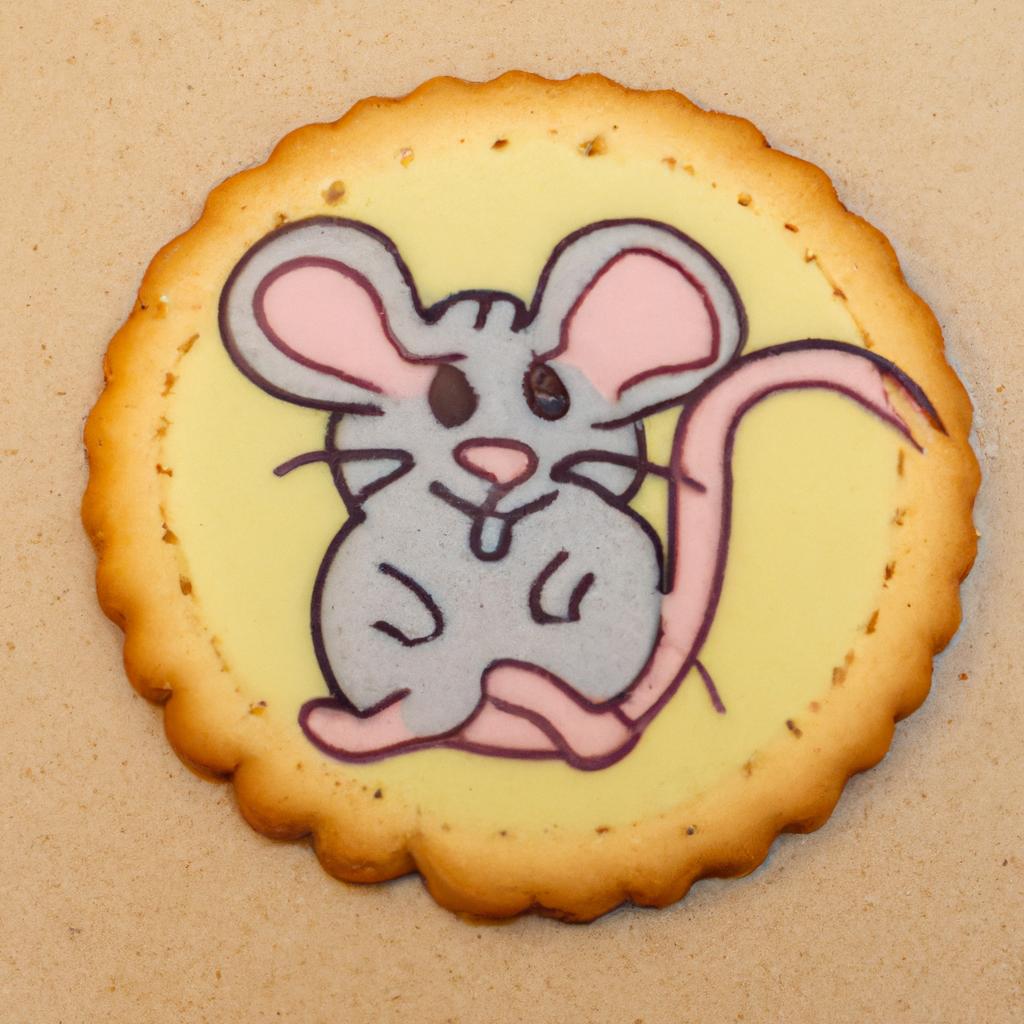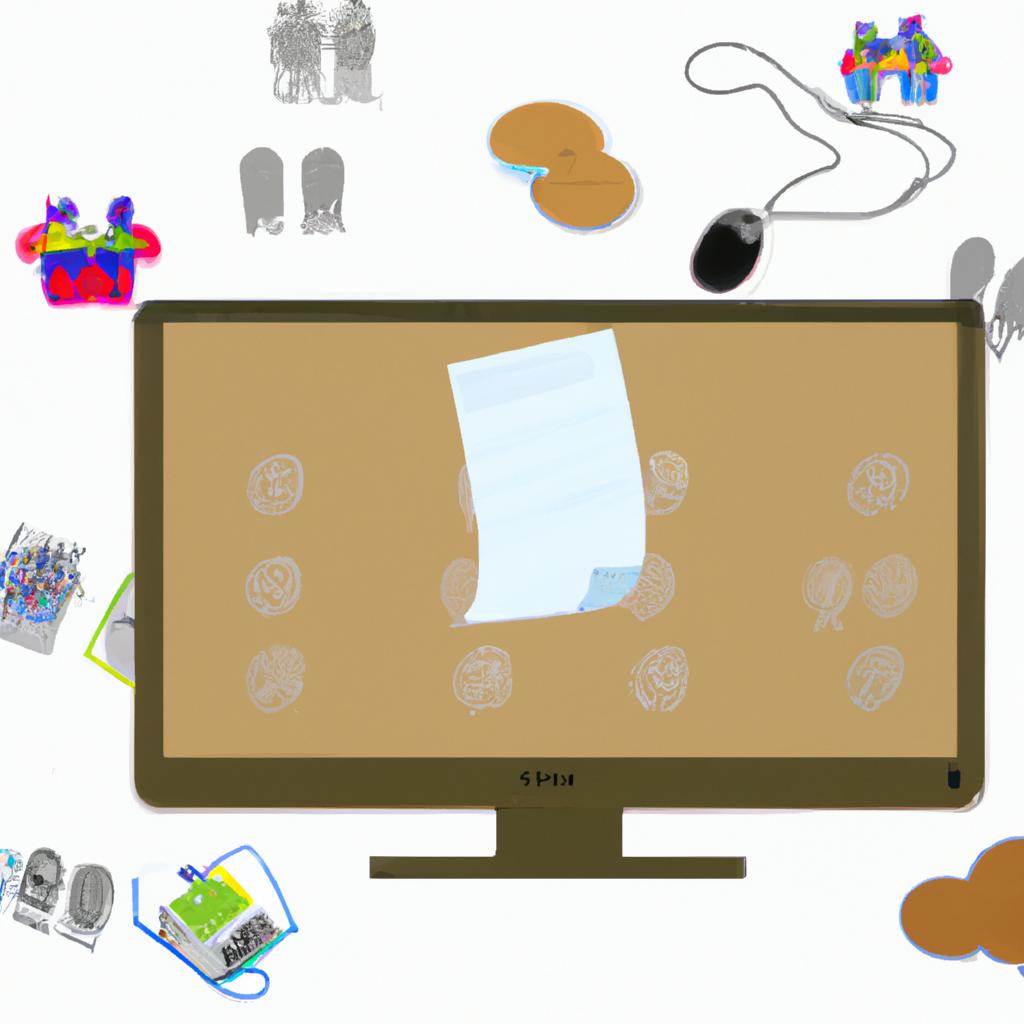As a designer, you know the importance of using impactful visuals to enhance your projects and make them stand out. One popular visual element that can bring your designs to life is clipart. In this article, we’ll explore everything you need to know about using clipart with the “If You Give a Mouse a Cookie” theme.
Before we dive into the specifics, let’s first define what clipart is and how it can be used. Clipart refers to pre-made images or graphics that can be inserted into your designs to add a decorative or illustrative element. Clipart can be found in a variety of formats, including vector and raster images, and are often used in marketing materials, presentations, invitations, and more.
Now that we have a better understanding of what clipart is, let’s explore the benefits of using it in your designs.
What is Clipart?

Definition of Clipart
Clipart is a type of graphic design element that features pre-made images or illustrations that can be easily inserted into various types of projects. These images are typically created by professional artists and designers and are available in a range of styles and formats.
Brief History of Clipart
The use of clipart dates back to the early days of printing, when publishers would use small illustrations to add visual interest to their publications. In the 1980s and 1990s, clipart became widely popular due to the rise of personal computers and desktop publishing software, which made it easy for people to create their designs and include clipart in their work.
Types of Clipart Available
Today, there are many different types of clipart available, including vector and raster images. Vector clipart is created using mathematical equations and can be scaled to any size without losing resolution, making it ideal for large-format printing. Raster clipart, on the other hand, is made up of pixels and can appear grainy or pixelated when enlarged. Other types of clipart include 3D graphics, animations, and icons, which can be used to add visual interest to websites and digital publications.
Why Use Clipart?

Benefits of Using Clipart
Clipart can offer numerous benefits to designers, including:
- Time-saving: Clipart can save you time and effort by providing pre-made images that you can easily insert into your designs without having to create them from scratch.
- Cost-effective: Purchasing clipart or using free clipart resources can be more cost-effective than hiring a professional illustrator or photographer to create custom images.
- Consistency: Using clipart can help you maintain a consistent style throughout your designs, especially if you are using clipart from the same source or theme.
How Clipart Can Enhance Your Designs
Clipart can enhance your designs in several ways, including:
- Visual appeal: Clipart can add a decorative or illustrative element to your designs, making them more visually appealing and engaging.
- Communication: Clipart can help communicate a message or idea in a more concise and engaging way than text alone.
- Brand identity: By using clipart that reflects your brand’s personality and values, you can strengthen your brand identity and convey a cohesive message to your audience.
Examples of Clipart in Use
Here are some examples of clipart being used effectively:
- Invitations: Clipart can be used to add a decorative element to invitations, making them more visually appealing and memorable.
- Social media graphics: Clipart can be used to create eye-catching graphics for social media posts, helping to increase engagement and brand awareness.
- Infographics: Clipart can be used to illustrate data and statistics in a more engaging and visually appealing way than text alone.
By using clipart in your designs, you can enhance their visual appeal, communicate more effectively, and strengthen your brand identity.
How to Find Clipart If You Give a Mouse a Cookie

As a designer, finding the perfect clipart can be a game-changer for your project. Here are some tips to help you find the right clipart for your “If You Give a Mouse a Cookie” theme.
Where to find clipart
There are various online sources where you can find clipart for free or purchase them at a reasonable price. Some popular options include:
- Stock image websites like Shutterstock, iStock, and Getty Images
- Clipart-specific websites like Openclipart and Clipart Library
- Design software like Canva, Adobe Illustrator, and CorelDRAW that offer built-in clipart libraries
- Social media platforms like Pinterest and Instagram
Tips for searching for clipart effectively
When searching for clipart, it’s important to use specific keywords to narrow your search results and find exactly what you need. Here are some tips to help you search for clipart effectively:
- Use multiple keywords to increase your chances of finding the right clipart
- Use quotation marks to search for exact phrases
- Use negative keywords to exclude unwanted results from your search
- Sort your search results by relevance or popularity to find the best options
How to choose the right clipart for your project
Once you’ve found some potential clipart options, it’s important to choose the right one for your project. Here are some factors to consider when choosing clipart:
- The style of the clipart should match the overall style of your project
- The colors of the clipart should complement the color scheme of your project
- The size of the clipart should be appropriate for the size of your project
- The resolution of the clipart should be high enough for your project’s needs
By following these tips, you’ll be able to find and choose the perfect clipart for your “If You Give a Mouse a Cookie” theme.
How to Use Clipart If You Give a Mouse a Cookie
Now that you understand the benefits of using clipart with the “If You Give a Mouse a Cookie” theme, let’s talk about how to incorporate it into your designs effectively.
Best Practices for Using Clipart
To ensure that your clipart enhances your designs and doesn’t detract from them, consider the following best practices:
- Choose clipart that is relevant to your theme and message.
- Use clipart sparingly to avoid overwhelming your design.
- Ensure that the clipart is high-quality and properly sized.
- Consider the color scheme of your design and choose clipart that complements it.
How to Incorporate Clipart into Your Designs
Once you’ve selected the appropriate clipart, it’s time to incorporate it into your designs. Here are some tips to keep in mind:
- Use clipart as a focal point or to highlight specific elements of your design.
- Experiment with different placement options, such as in the corners or as a border.
- Consider using clipart as a background or texture element.
Examples of Using Clipart with “If You Give a Mouse a Cookie”
To give you some inspiration for using clipart with the “If You Give a Mouse a Cookie” theme, here are some examples:
- Use a clipart image of a mouse holding a cookie as the focal point of your design.
- Incorporate clipart of a glass of milk or a plate of cookies to add context to your design.
- Use clipart of a kitchen or baking utensils as a background to your design.
By following these best practices and incorporating clipart strategically, you can enhance your designs with the “If You Give a Mouse a Cookie” theme and make them stand out.
Conclusion
In conclusion, using clipart with the “If You Give a Mouse a Cookie” theme can take your designs to the next level. By incorporating visually engaging and playful clipart into your designs, you can capture your audience’s attention and leave a lasting impression.
Remember to follow best practices when searching for and using clipart, including choosing the right format, selecting high-quality images, and incorporating them seamlessly into your designs. With these tips in mind, you’ll be well on your way to creating designs that are both visually appealing and effective.
At mousefaqs.com, we understand the importance of creating engaging designs that resonate with our audience. That’s why we encourage you to explore the world of clipart and see how it can enhance your projects. Happy designing!


